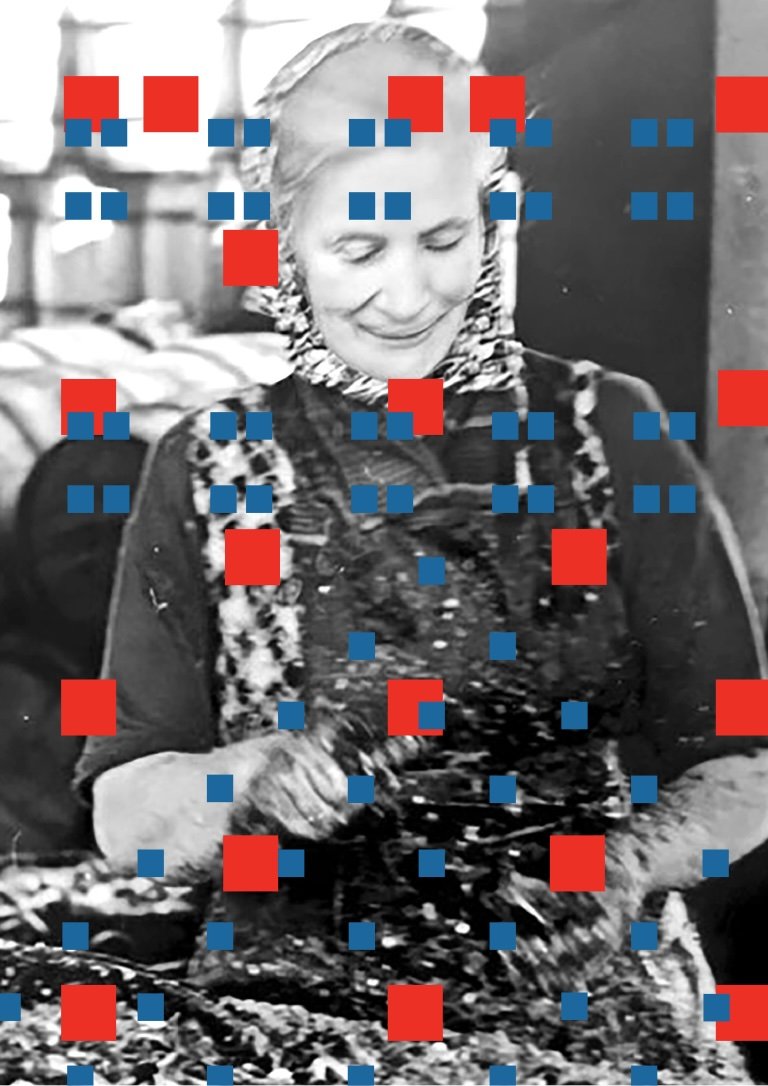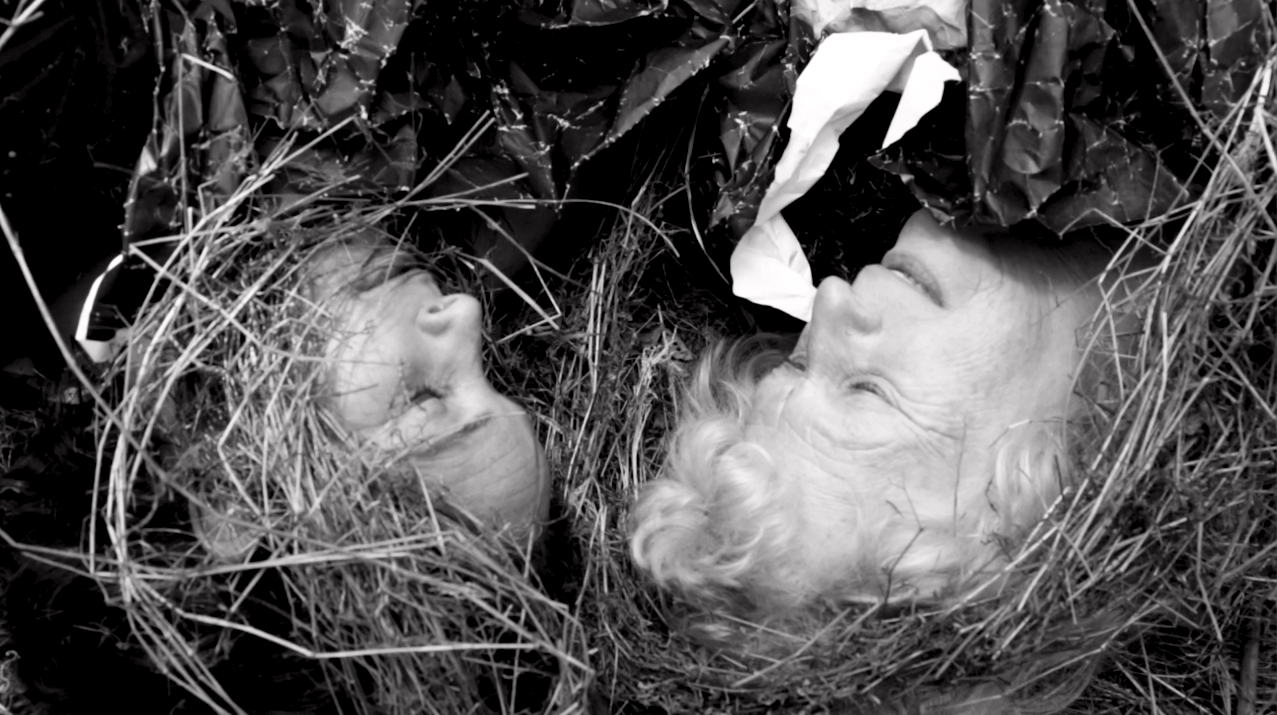
Gu’un the fish ‘n that is a new sound installation which takes as its starting point the cultural history and legacy of ‘the herring girls’ – migrant workers many originally from Scotland who accompanied by land the Scottish fishing boats as they travelled south in search of shoals of herring, gutting and preparing fish for market. This work features fragments of sound recordings drawn from oral history interviews conducted with women who themselves are the last generation of workers before the industry completely shut down.
Often noted as a side-line in the archives, the women’s’ labour was vital to the success of the herring industry. In the face of their excruciatingly poor working conditions and low wages the women came together in solidarity. Gu’un the fish ‘n that resists the romanticised version of their history instead celebrating the migrant worker and their importance to the fishing industry.
I became interested in this East Anglian history and how it connects communities up the East Coast of the country through a family connection; my grandmother was a fisher girl in the 1970s. From oral history interviews it emerged that they spent their leisure time knitting Ganseys (traditional fisherman’s jumpers). The gansey patterns they developed were site specific; the fishermen’s hometown would often be identified through their gansey.
These patterns are used as a musical score through which the oral histories are edited to create contemporary versions of waulking songs. The work is a sensitively realised installation which combines a personal family history with stories that go back generations and connect communities all the way up the east coast, from Great Yarmouth to the most northern tip of Scotland.
Installing the work at the Smokehouse in Great Yarmouth has symbolic resonant location in that it returns the voices of the women to this atmospheric space.

